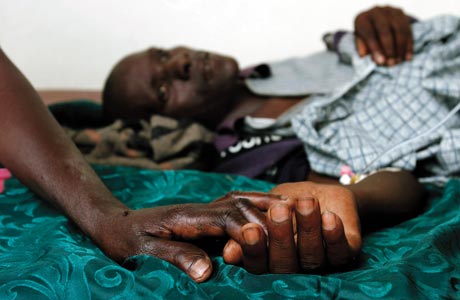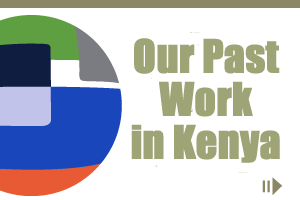In honor of World AIDS Day, December 1, we recognize the critical role that information plays in HIV prevention, treatment, care and support for individuals worldwide. Local journalists on the frontlines of health crises are instrumental in informing and connecting their communities, and are making a difference:
Health Programming Finds an Eager Audience in Kenya
It used to be that HIV and health news was easy to access in Kenya around World AIDS Day, but there were few regularly scheduled programs on health issues year-round.
That has changed in the past year. "Media outlets are giving much more careful consideration to scheduling and creating dedicated programs on HIV and health," says Internews Kenya Country Director Ida Jooste
In Kenya today, more than 1.4 million people live with HIV, according to the Kenya AIDS Indicator survey of 2007. Experts attribute a large percentage of infections to the lack of information. Communities who live in slums like Kibera and Korogocho and remote Wajir now have better access to HIV information, by tuning in to regularly programmed shows.
For Internews trainees, it means that their stories can get a regular following. In most cases, these health slots have been created because of the steady supply of stories from health journalists.
Television
The Kenyan TV station K24 started a weekly health feature this year, as part of the channel's prime time package. This story, produced by Internews trainee Violet Otindo, profiles a "moonlight" clinic for voluntary testing in an area known for its nightlife.
Radio
On radio, three live hour-long shows on HIV issues have been created at Nairobi stations in the past month alone. These shows are a direct result of a training which showed journalists how to liven up their shows with topical features.




